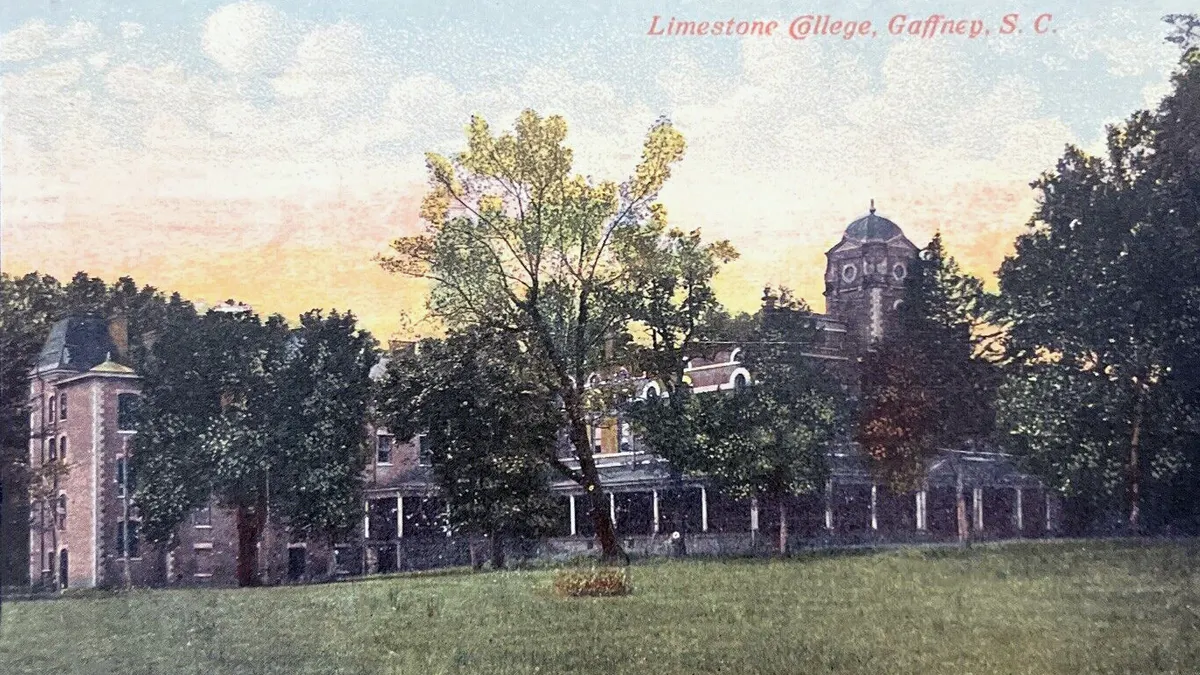Dive Brief
-
More than 1.17 million fewer students are studying on U.S. college campuses, but online course enrollments continue to climb, according to a new report from the Babson Survey Research Group.
-
Overall, residential enrollments dropped by 6.4 % from 2012 to 2016. During that period, for-profit colleges experienced the biggest decline in on-campus enrollments (-44.1%), followed by two-year public colleges (-16.3%) and non-profit four-year colleges (-4.1%).
-
The report said demographic trends, a healthy economy and the cost of education are reasons for the on-campus enrollment declines. Jeff Seaman, co-director of Babson Survey Research Group, said he expects the trend to continue with small institutions taking the brunt of the residential enrollment losses.
Brief Insight
Global ratings agency Standard & Poor’s recently predicted a bleak year for the higher education sector, and the explanations for S&P’s downgrade mirror those cited by the Babson Survey Research Group for the drop in on-campus enrollments.
Student-family aversion to rising costs remain a key driver of the rise in online course enrollments. While many higher education leaders hope that online education will ease the problems of high costs and limited access, other disagree. Can online education be less expansive without sacrificing quality? For now, the verdict is out. Online program quality is improving but many efforts still have far to go.







